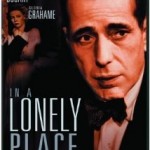 In a Lonely Place/1950/Columbia Pictures/94 min.
In a Lonely Place/1950/Columbia Pictures/94 min.
Laurel Gray (Gloria Grahame) and Dix Steele (Humphrey Bogart) are neighbors in LA’s Beverly Patio Apartments complex. Instead of providing the odd cup of sugar, Laurel goes the extra mile – she gives Dix an alibi when he’s accused of murder and that leads to a tortured romance. A sensitive, subtle, touching noir by Nicholas Ray, a master of the form; based on the novel by Dorothy B. Hughes.





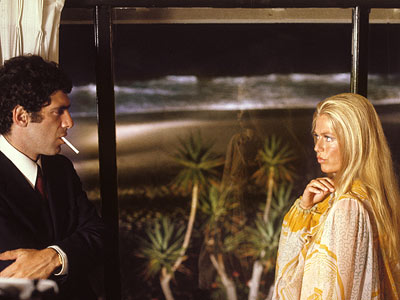

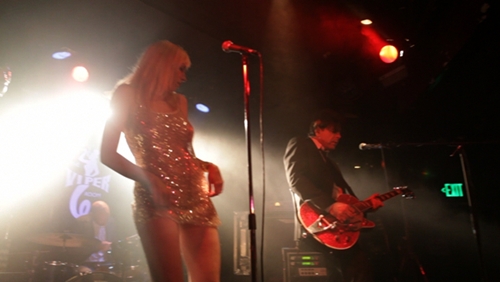
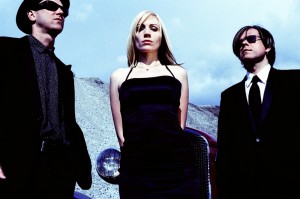
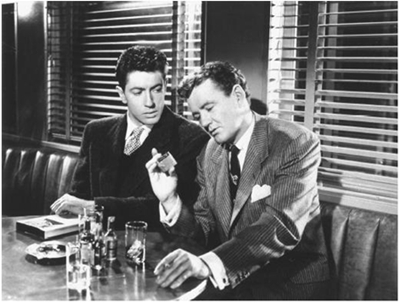
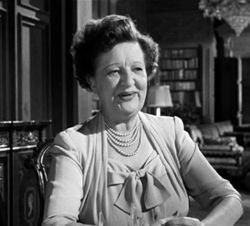
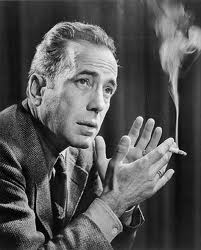





From FNB readers